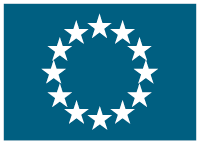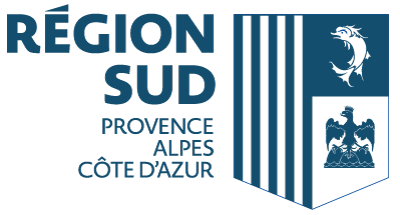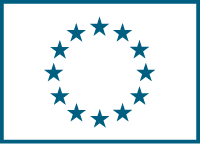Multimodal navigation in insects: Use of olfactory, visual and idiothetic cues in ants
(Ant navigation)
Date du début: 1 févr. 2015,
Date de fin: 31 janv. 2017
PROJET
TERMINÉ
Being able to navigate efficiently through the environment is a requirement for most animal species, including humans. Solitary ant foragers, that don’t rely on social cues such as chemical trails, are specialized for individual navigation and little else, thus their movements are a window onto the spatial computations underpinning navigation. Allied to the practicality of studying ants in the lab or field, ant navigation is a rare opportunity to understand in detail how behaviour emerges from the interaction between brain, body and environment. The classic view of solitary ant navigation is that they rely on path integration when in unfamiliar terrain and as they become experienced they rely more on learnt, mainly visual, information. However, recent behavioural observations show that the ants’ navigational toolkit is more diverse, for instance using olfaction for orientation. Also we are beginning to see interesting multimodal interactions. We know little about the integration of multimodal cues at the behavioural-output level, and even less about the mechanistic details of cue integration. Yet such knowledge is necessary in order to understand the computational strategies that ants need for navigation in their environment. In this project, we approach the question of cue integration by studying the fine details of ants’ movements during navigation. Such fine details of the ants’ movements can identify the computational strategies being used for navigation and are key for the understanding of navigational mechanisms. It is our goal to understand if insects need complex cognitive mechanisms to implement multimodal interactions or if simple movement strategies (sensori-motor behaviours) are sufficient for multimodal cue integration. This project will give first and important insights into the mechanisms underpinning the integration of multiple cues in insects.
Accédez au prémier réseau pour la cooperation européenne
Se connecter
ou
Créer un compte
Pour accéder à toutes les informations disponibles
Coordinateur
UNIVERSITY OF SUSSEX
€ 221 606,40- Sarah Mcdonald
- Sussex House BN1 9RH FALMER, BRIGHTON (United Kingdom)
Details
- 100% € 221 606,40
-
 FP7-PEOPLE
FP7-PEOPLE
- Projet sur CORDIS platform



